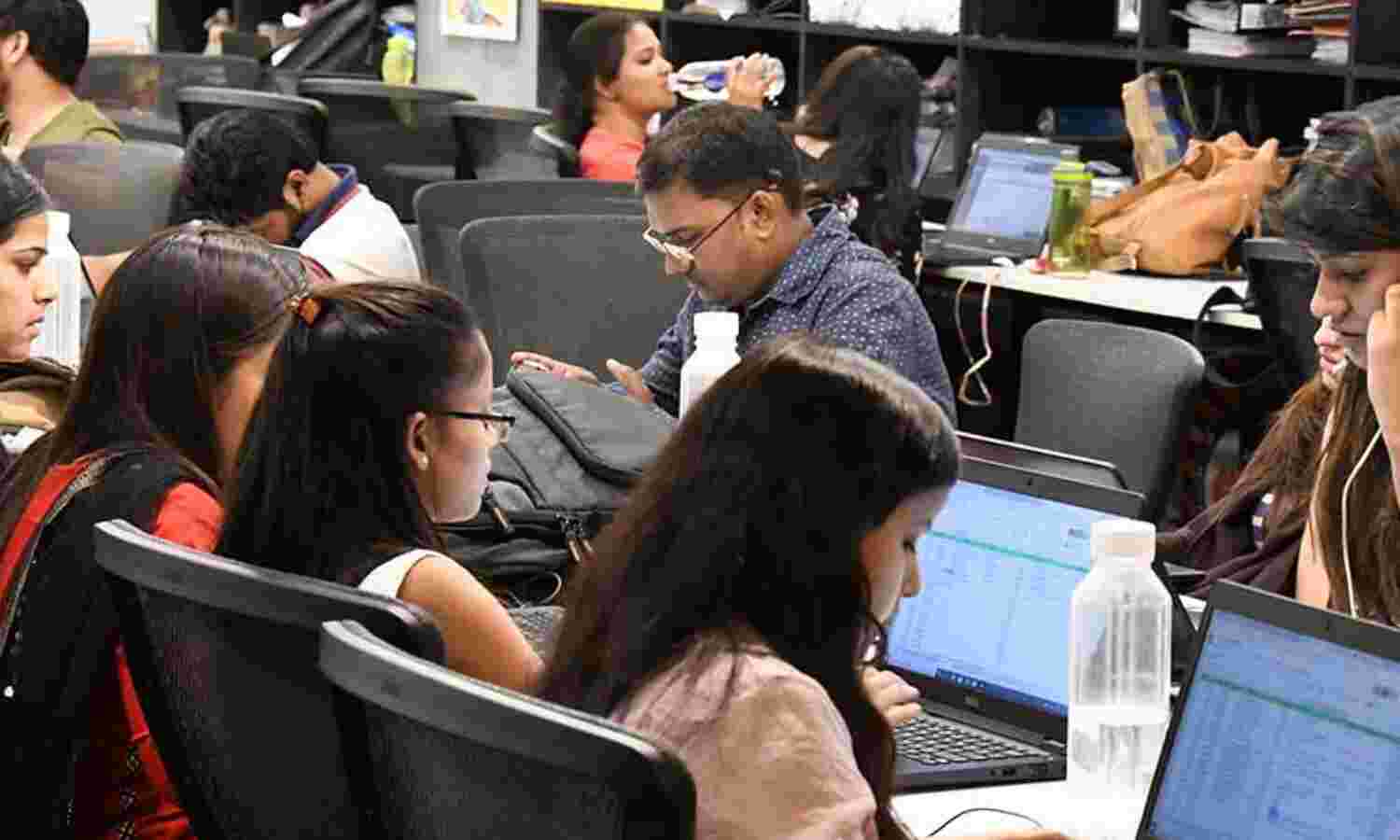Wide Gender Pay Gap For Similarly Qualified Indian Women And Men

Mumbai: Women in India earn less than men even if they have the same educational qualifications, data from a recent government report show.
In urban areas, a woman with a graduate degree gets paid Rs 690.68 per day in the transport and storage sector while a man gets 30% more at Rs 902.45. In agriculture, an illiterate woman worker in rural India receives Rs 88.2 per day while an illiterate man receives Rs 128.52, which is 45% more.
However, there are some sectors in which women get paid more than men, although by smaller margins. In the construction sector in rural areas, for instance, women (irrespective of the level of education) are paid Rs 322 on average per day while men are paid Rs 279.15, which is Rs 43 or 13% less.
In urban areas, in the transport and storage sector, women are paid Rs 455 on average per day, irrespective of the level of education, while men are paid Rs 443 per day--Rs 12 or 2.7% less.
The ‘Men and Women in 2017’ report released by the statistics and programme implementation ministry in May 2018 contains data on average daily wages and salaries for men and women aged 15-59 years, arranged by industry and type of work.
Source: Men and Women In 2017, Ministry of Statistics and Program Implementation
Note: Figures in rupees. Manufacturing 1 includes Food and Beverages, Tobacco, Textiles, Textile Products, and Leather and Footwear; Manufacturing 2 includes Wood and Cork, Pulp, Paper, Paper Products, Printing and Publishing, Coke, Refined Petroleum and Nuclear Fuel, Chemicals and Chemical Products, Rubber and Plastics, Other Non-Metallic Minerals, Basic Metals and Fabricated Metal Products, Machinery, Electrical and Optical Equipment.
A graduate woman earns 5.8 times more than an illiterate woman in rural areas while graduate men earn 3.6 times more than illiterate men. A graduate woman earns nearly four times more than an illiterate woman in urban areas, while graduate men earn nearly three times more than illiterate men.
It is interesting to note that the gender wage gap between men and women remains high even after higher education--a graduate woman is paid Rs 609 on average across sectors while a man with a graduate or higher degree will earn Rs 805. Women with graduate or higher degree earn 24% less than their male counterparts.
Construction is the highest paying sector for women in rural areas while mining and quarrying is the highest paying sector for men, the data show.
In urban areas, men get paid the most in the mining and quarrying sector while women get paid the most in the public sector (such as in electricity, gas and water utilities).
As pointed out before, there are some sectors such as transport in rural areas where women get paid more than men--in urban areas, transport and storage pays Rs 11 more to women than men.
The Global Wage Report 2016-17 published by the International Labour Organization in 2016 had raised an alarm with the revelation that the gender pay gap in India, at 30%, was among the highest in the world.
Women in top management in India earn 18.8% less than men, this 2016 report by the advisory firm Korn Ferry Hay Group had said, blaming the gap on lesser representation of women in senior roles.
More generally across the value chain, women in India earn 67% less than men, and the gap will take more than 100 years to close, the advisory Accenture said in this 2017 report based on a global survey.
Meanwhile, fewer women are taking part in the paid labour force. In the first four months of 2017, 2.4 million women fell off the employment map, according to the Centre for Monitoring Indian Economy (CMIE), a Mumbai-based think-tank, as IndiaSpend reported on August 5, 2017.
Among South Asian peers, India in 2013 had the lowest rate of female employment after Pakistan. In roughly two decades preceding 2013, female labour force participation in India fell from 34.8% to 27%, according to an April 2017 report by the World Bank.
India ranks 108th among 144 countries on gender equality rankings created by the World Economic Forum for its Global Gender Gap report of 2017. This puts India behind Bangladesh (at 47) and China (at 100).
Greater gender equality in a country is associated with better education and health, higher per capita income, faster and more inclusive economic growth, and greater international competitiveness.
Closing the gender gap in labour force participation rates would add $12 trillion to global GDP by 2025, a widely cited study by the McKinsey Global Institute had said in 2015.
(Salve is an analyst with IndiaSpend.)
We welcome feedback. Please write to respond@indiaspend.org. We reserve the right to edit responses for language and grammar.


